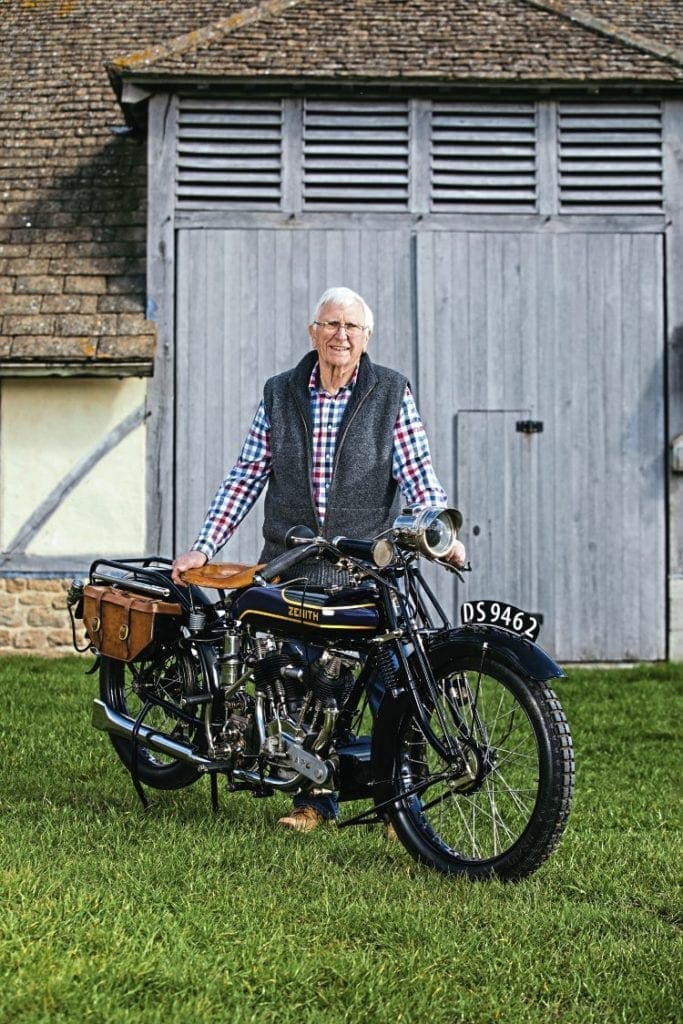From the veteran days through to the 1920s, the Zenith marque possessed a deserved reputation for excellence – it’s not hard to see why.
Words: ANDY WESTLAKE Photographs: GARY CHAPMAN
A ‘revolutionary in motorcycles’ was the way the period press described the new hub-steered ‘Bi-Car’ when it was launched at the Crystal Palace show in 1905.
Enjoy more Classic MotorCycle reading in the monthly magazine.
Click here to subscribe & save.
Powered by a 3hp German Fafnir engine, the innovative low-slung machine was the brainchild of British engineer Frederick W Barnes.
Although it would only have a short life, its maker and his machines – which would later carry the name of Zenith on their petrol tanks – would go on to record numerous Brooklands race victories and twice break the world land speed record.
Based at Finsbury Park in London, in 1905 Zenith would only ever be a relatively small manufacturer, but it was driven by the Manchester-born Barnes, a pioneering inventor who relished the stimulus of competition and who was quick to see the limitations of most of the period opposition.

After the Bi-Car he began production of a more conventional motorcycle with the Fafnir powered ‘Zanette’, which featured Druid forks and a triangulated frame, with optional scissor action rear suspension.
In those days (1908) before motorcycles had gearboxes (they were direct drive to the rear wheel, via a belt) climbing steep hills was not an easy task, so Barnes developed and patented his own ‘Gradua’ gear system.
Known originally as the ‘Barnes Pulley’ this allowed the rider to select a continuously variable final drive – controlled by a handle – which meant that unlike other variable crank pulley systems which required the machine to come to a halt, the overall ratio on the Zenith Gradua could be altered while on the move.

In the pre-First World War era, speed hillclimbs were popular and in these event the Zeniths were almost unbeatable.
But rival riders and manufacturers considered them to possess an unfair advantage and many clubs excluded Barnes’ machines from their events.
However, he was quick to capitalise on this ban and in 1911 registered a new trademark emblazoned with the word ‘Barred’ in bright red letters across the Zenith emblem.
Read more and view more images in the August 2019 issue of TCM – on sale now!
Advert
 Enjoy more The Classic MotorCycle reading in the monthly magazine. Click here to subscribe.
Enjoy more The Classic MotorCycle reading in the monthly magazine. Click here to subscribe.



